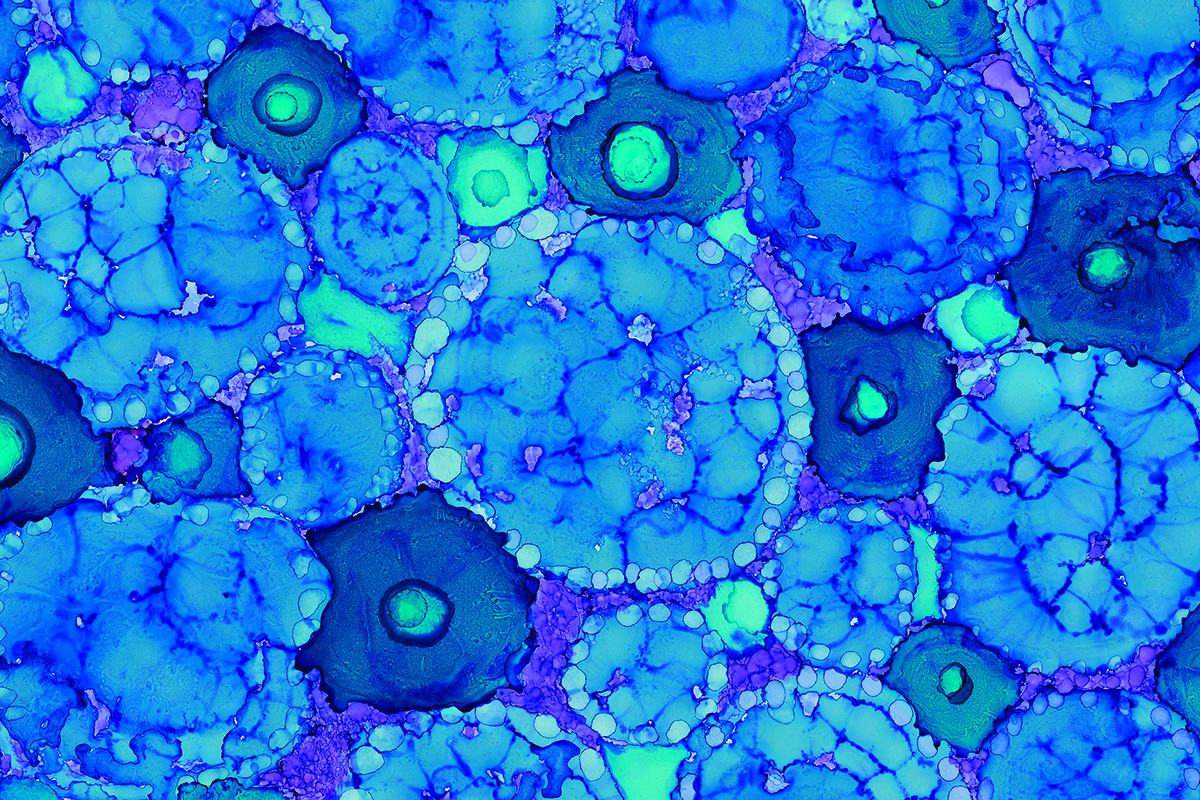
A new study published in Cell and summarized in Nature has shown positive results using stem cell-derived islets to restore insulin production in a patient with type 1 diabetes (T1D). These results add to the mounting evidence that stem cell-derived islets can provide benefits to people with T1D.
The study, conducted by investigators in Beijing, China, involved creating insulin-producing islets from the patient’s own cells. These islets were then implanted behind the abdominal muscles of the patient. This individual was already on immunosuppressive therapy from a liver transplant. They also were experiencing severe hypoglycemic events and hypoglycemia unawareness.
Before and after
Before the islet transplant, the patient’s time-in-range (TIR), i.e. the percentage of time a person’s blood glucose levels are in the target range, was only 43.81%. Following the transplant, the patient’s TIR soared to over 98% at the one-year mark.
In addition to the substantial increase in TIR, the treatment also eliminated the patient’s severe hypoglycemic events.
After just two and a half months, the cells were working as intended, and the recipient no longer needed to administer insulin.
Autologous versus allogenic
The strategy employed by these researchers differs slightly from the approach Breakthrough T1D is taking.
Breakthrough T1D is particularly focused on allogenic cell therapies, which utilize a single cell source to create unlimited islets. This approach would allow multiple individuals to use the cells from the same source. This is a one-size-fits-all approach that will be more scalable, cost-effective, and faster. A notable example of this effort is Vertex Pharmaceuticals, whose cell lines were initially developed with support from Breakthrough T1D.
The study in China used autologous cells—derived from the patient’s own body. The key upside to this approach is that, in theory, the recipient would not need immunosuppression because the transplanted cells would not be recognized as foreign and destroyed by the immune system. However, the person in the trial is already on immunosuppression, so it is difficult to tell if the cells would survive without immunosuppression.
Potential downsides to autologous cells are they are individualized and cannot be done at scale. For example, the cells used in this study treat just one patient required testing in hundreds of mice and multiple primates over the course of several years.
Why this research matters
Cell therapies are a priority of Breakthrough TD. This study shows stem cell-derived cells in people can make insulin, which is incredible and another proof point for this strategy to cure the disease.
Sanjoy Dutta, Ph.D., Chief Scientific Officer at Breakthrough T1D, emphasized the importance of accelerating the development of cell therapies, stating, “We are encouraged to see researchers all over the world focus on using stem cell-derived islets to cure T1D. We look forward to seeing more data from these researchers in the coming months.”